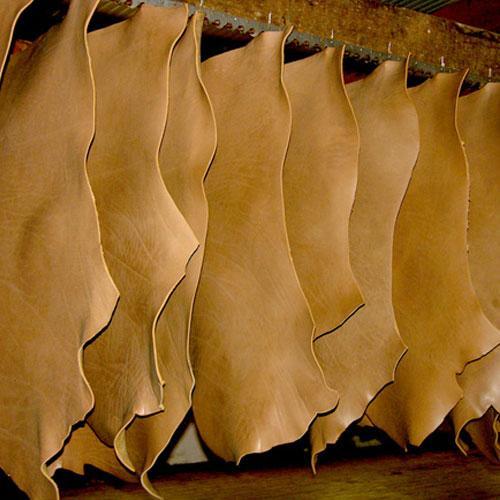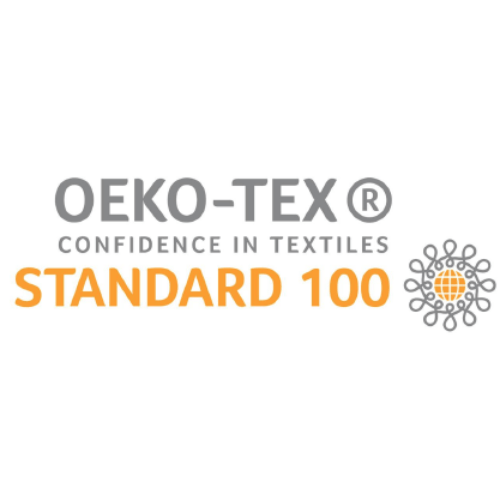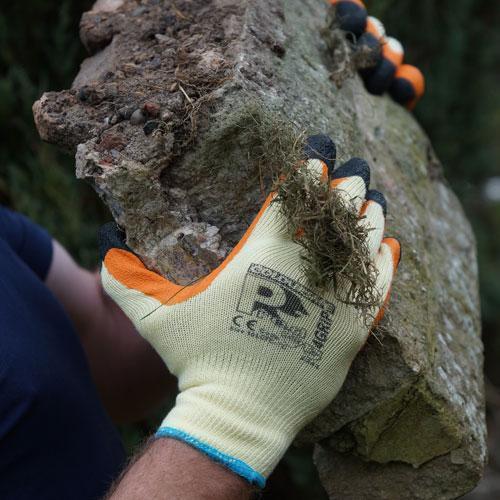Different types of Leather
Leather is a fundamental material used in safety gloves and is the base material for many of our products, including rigger gloves and welding gauntlets. There are however many types and forms of leather, which will be discussed in this blog.
What is Leather?
Leather is made using the hide (skin) of an animal, and you can produce leather from any animal. The animal you choose will derive the qualities of the leather, and it is said that the larger the animal, the thicker the leather you will get.
Firstly, the animal is skinned to retrieve the hide – this leather is then split down 3 times before been cleaned, treated, tanned, dried, and used in manufacture. The outer/top layer is known as the ‘hide’, and the layers below are known as ‘split’.
No two hides are the same and each will have different qualities as, like humans, each animal’s skin is different.
Hide Leather
Hide leather is the more expensive of the cuts and is known to perform better in wet conditions, offering a level of water resistance – a natural quality of the animal skin. Hide is used from a multitude of animals, depending on the requirement of the product.
Split Leather
Split leather is a lower cost than hide leather, and most split leather you will find in the market place is from cows. This is mainly due to the size of the animal, as smaller animals (i.e. goat) will not have a large enough hide. Split leather often has great abrasion resistance, and is commonly found in the market.
Cuts of Leather
The quality and price of leather may depend on the location of the animal that the hide was taken from – cuts include:
- Side Split: Side Split is often the best quality of the three, and subsequently, the most expensive.
- Shoulder Split: Shoulder Split can be slightly less durable than side split and, therefore, less expensive.
- Belly Split: Belly Split is the least durable of the three, and as such, the cheaper cut.
Grades of Leather
Pieces of leather are graded by quality; for use in different products. Grading is done by eye and looks at elements such as imperfections and the size of the piece of leather. The grades are:
- Grade A: a piece of leather with few imperfections and a smooth finish
- Grade B: a piece of leather with numerous imperfections and a smooth finish
- Grade C: a piece of leather with few imperfections, possibly with a fuzzy/less smooth finish
- Grade D: a piece of leather with numerous imperfections, possibly with a fuzzy/less smooth finish
Which leathers do we use?
Goat Hide
Goat hide is an incredibly supple and dexterous leather and, as such, is the main material used in many of our TIG gauntlets. This provides the wearer with the best protection and tactility to do the job effectively.
Deer Hide
For the more luxurious tastes, we also stock a deer hide TIG gauntlet. This leather is incredibly soft and supple like goat hide, at a higher premium rate.
Cow Split-Leather
As referenced in this blog, split-leather offers great abrasion resistance. For many of our rigger gloves and all of our MIG gauntlets, cow split-leather is our preferred material.
Cow Hide
As we touched on in this blog, hide-leather has natural water repellent qualities. Due to this factor, we offer two rigger gloves made using hide-leather. Similarly, hide-leather is the main material used in our drivers gloves.
If you are interested in more information on the above or any other products within our portfolio, you can contact us via the below:
Call – 01653 617718
Email – sales@just1source.com








